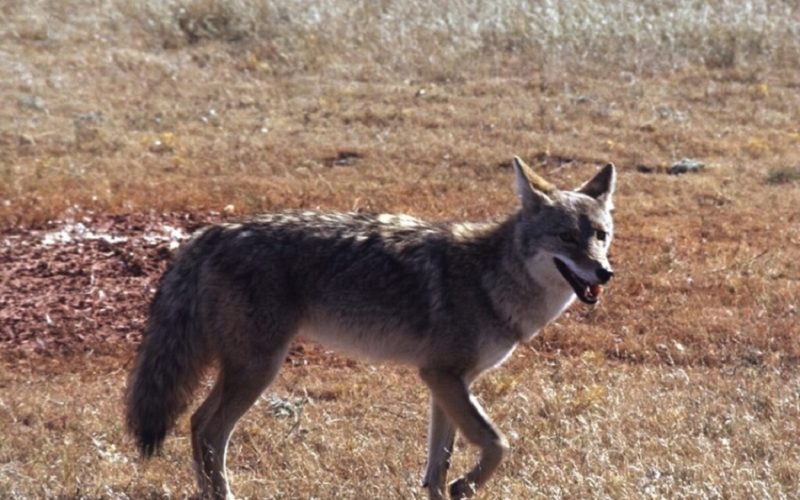Salem, OR – As wolf populations continue to rise in Southern Oregon, ranchers are turning to innovative, non-lethal methods to keep the federally protected predators away from their livestock. Among the solutions being explored is the use of drones to broadcast sounds intended to drive wolves off ranch lands.
A study led by Dustin Ranglack, a researcher at the United States Department of Agriculture’s National Wildlife Research Center, has found promising results in using drones equipped with speakers to deter wolves. Ranglack and his team conducted research in Klamath and Jackson counties, where they discovered that wolf packs could be dispersed by the sound of human voices broadcast from drones. The sound appeared to be particularly effective when the drones were equipped with speakers, which allowed the sound to travel over large areas of land.
“The key is having a speaker attached to the drone,” Ranglack said. “What we found is that it actually works really quite well, especially when you can broadcast a sound at the right time and place.”
According to Ranglack, the technique — known as “hazing” — led to a dramatic reduction in livestock depredations. In areas where drones were used, incidents of wolves attacking livestock dropped from occurring nearly every other night to less than once per month. The findings of the study, published in the journal Global Ecology and Conservation, provide hope for ranchers who have struggled with the growing wolf population in the region.
In Oregon, wolves are protected under the Endangered Species Act in the western part of the state, meaning ranchers are required to rely on non-lethal methods for preventing conflicts with wolves. With at least 178 wolves recorded in the state by 2022, many ranchers have faced difficulties balancing their livelihood with the presence of the predators.
While Ranglack’s team used commercially available drones, including those equipped with thermal imaging cameras, he acknowledges that the technology is currently too expensive for most ranchers. However, as drone technology continues to advance and become more affordable, Ranglack sees a future where drones could become a practical tool for ranchers to keep wolves at bay.
“If they had the ability to send up a drone before they go to bed and have it fly their property autonomously, I think that would be really beneficial,” Ranglack said.
For now, ranchers are left to rely on other non-lethal deterrents, but the promise of drone technology could provide a new, innovative way to protect livestock and keep wolves safe in their natural habitat. As the wolf population continues to grow, the role of technology in wildlife management is likely to expand, offering new solutions for both ranchers and conservationists.











